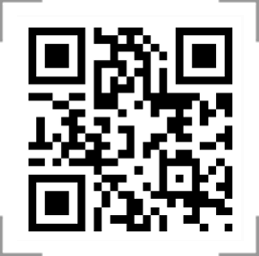
The intelligent temperature controller for biochemical incubator is one of the commonly used equipment in modern laboratories, which can control the temperature of the incubator and provide a stable cultivation environment. The correct use of intelligent temperature controllers can help laboratories achieve more accurate and reliable temperature control, thereby improving the repeatability and accuracy of experiments. Here are some basic methods and precautions for using intelligent temperature controllers.
1. Preparation work:
1、 Ensure that the intelligent temperature controller is correctly installed on the biochemical incubator and is well connected to the temperature sensor and heating system.
Carefully read the operation manual of the intelligent temperature controller and familiarize yourself with the meanings of its various function buttons and display screens.
2. Temperature setting:
According to the experimental requirements, set the required temperature value on the display screen of the intelligent temperature controller. The method of setting temperature may vary slightly depending on different models and brands, but it can usually be operated through knobs, buttons, or touch screens.
Ensure that the biochemical incubator has been preheated to the appropriate temperature before setting the temperature to provide more accurate control and faster response time.
3. Temperature monitoring:
Monitor the temperature display of the biochemical incubator. Intelligent temperature controllers typically display the current and target temperatures, as well as other relevant information such as time and alarm status.
Regularly check the accuracy of temperature sensors and calibrate them as needed. Use an external thermometer for verification to ensure accurate and reliable temperature readings provided by the intelligent temperature controller.
4. Alarm function:
Understand the alarm function of the intelligent temperature controller and ensure that the temperature alarm threshold is set correctly. When the temperature exceeds the set range, the controller will issue an alarm and take corresponding measures, such as turning off the heating system or notifying relevant personnel.
Timely handle alarm situations, check for possible causes of faults, such as sensor failures, power supply issues, or equipment damage, and take appropriate measures for repair or repair.
5. Record and analyze data:
Some intelligent temperature controllers can record temperature data and provide charts or reporting functions. Utilize these functions to record and analyze temperature changes during the experimental process, in order to evaluate the reliability and consistency of experimental results.
6. Maintenance and upkeep:
Regularly clean and maintain the intelligent temperature controller, and follow the instructions in the operating manual to clean the surface and buttons of the controller.
Regularly check the status of the temperature sensor to ensure its normal operation. If necessary, replace or calibrate the sensor.
According to the recommendations in the operating manual, regularly inspect and maintain the heating and ventilation systems of the biochemical incubator.
The correct use of intelligent temperature controllers is an important link in ensuring the accuracy and repeatability of laboratory experiments. Following the above usage methods and precautions can effectively control the temperature of the biochemical incubator and provide a stable environment for experiments. If encountering problems or uncertain situations, it is recommended to refer to the operating manual or consult relevant professionals.

